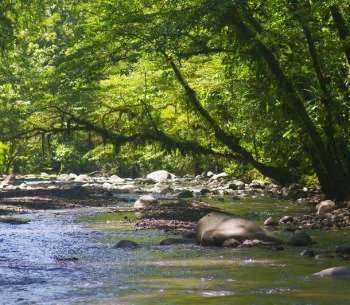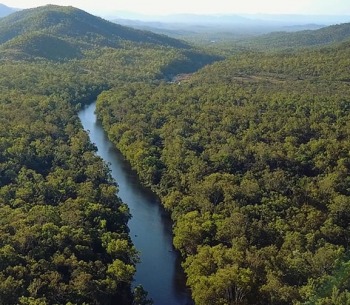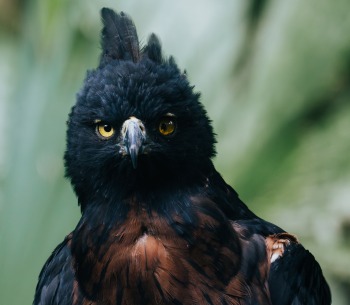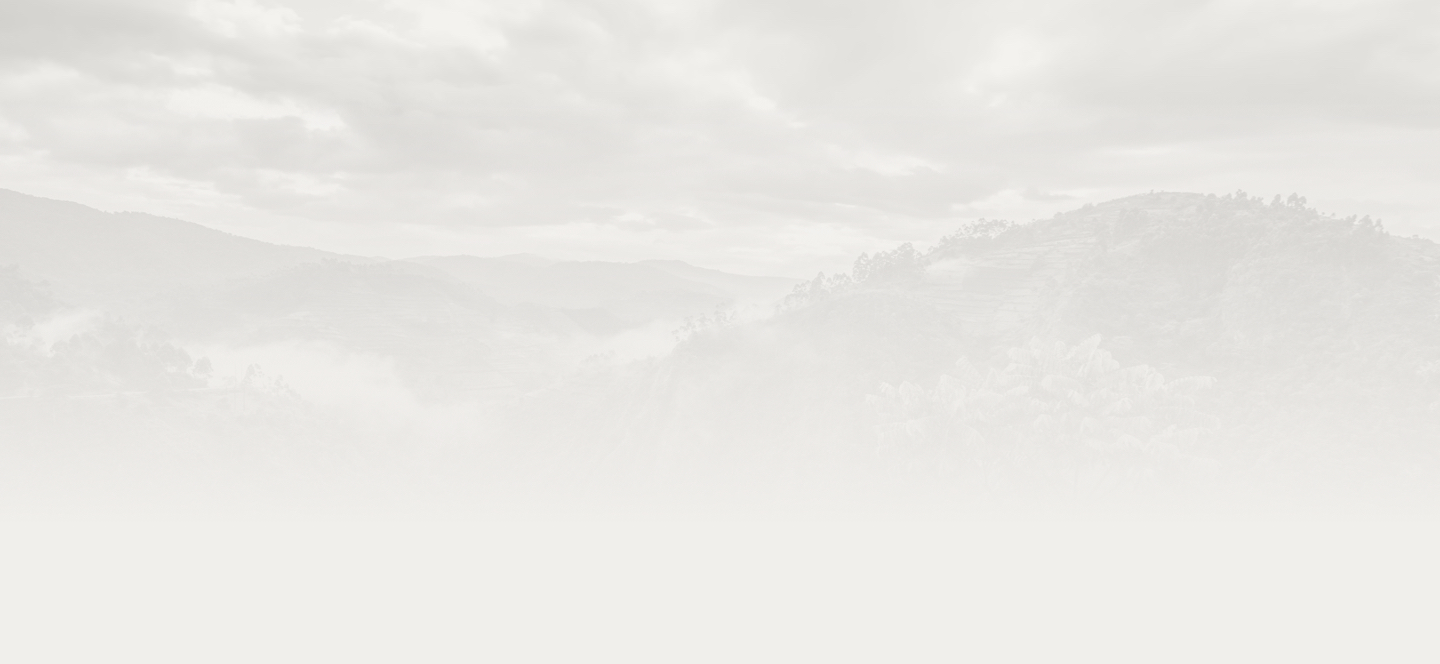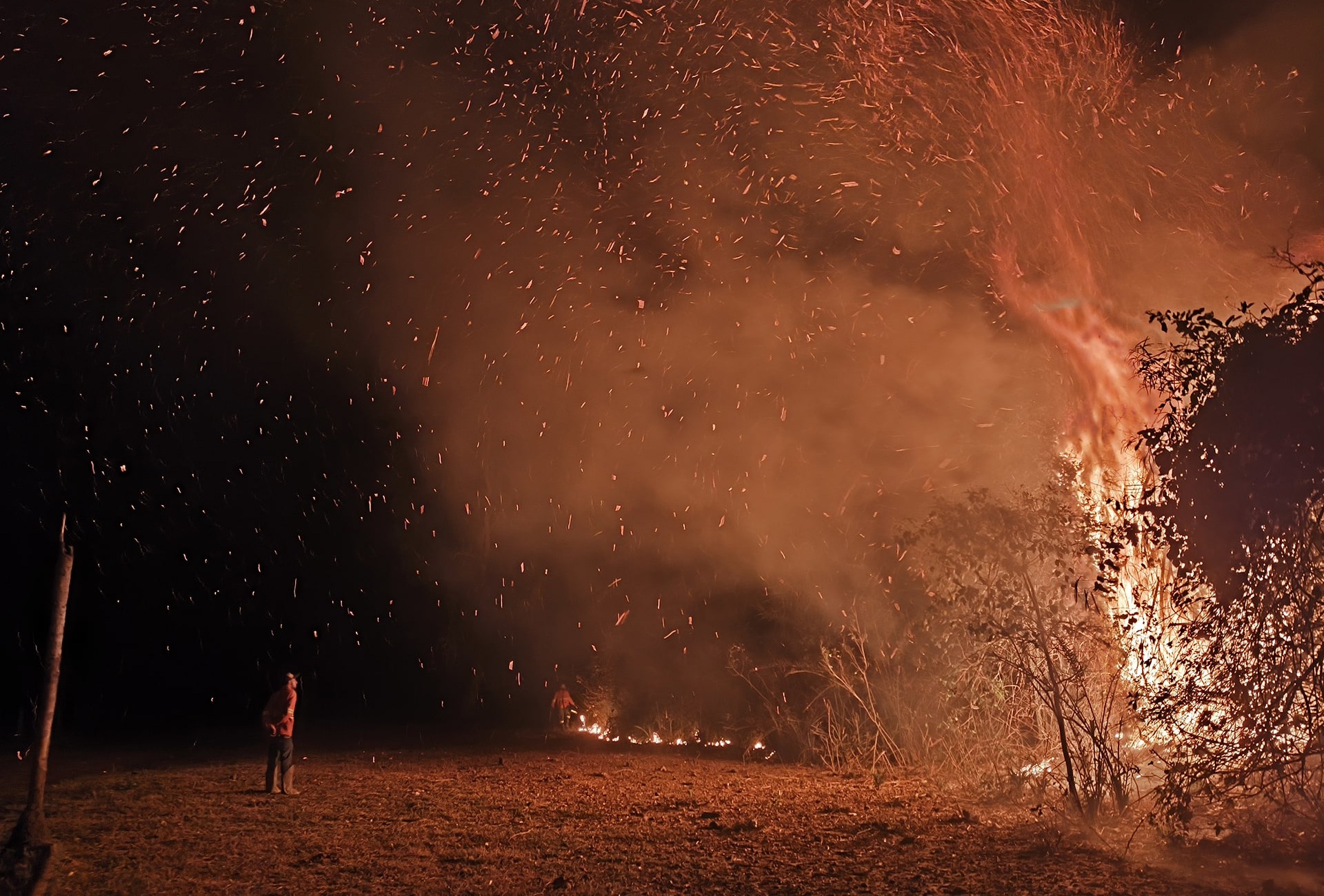
River dolphins are dying in Lake Tefé. Hyacinth Macaw nests are consumed by fire before they can hatch. And animals of all kinds are suffering from burns and other injuries as they race to escape the flames in Brazil and elsewhere across South America.
The wildfires burning across South America are so large and pervasive that the smoke can be seen from space. It is grounding flights, forcing schools to close, and causing unhealthy air quality for people and wildlife alike. The fires are also destroying habitat, threatening communities, and releasing massive quantities of climate-changing carbon into the atmosphere. Bolivia alone—where more than 10% of the country has burned already this year—released 33 million metric tons of carbon dioxide between May and August. That’s the equivalent of more than 7.85 million gas-powered cars driven for one year.
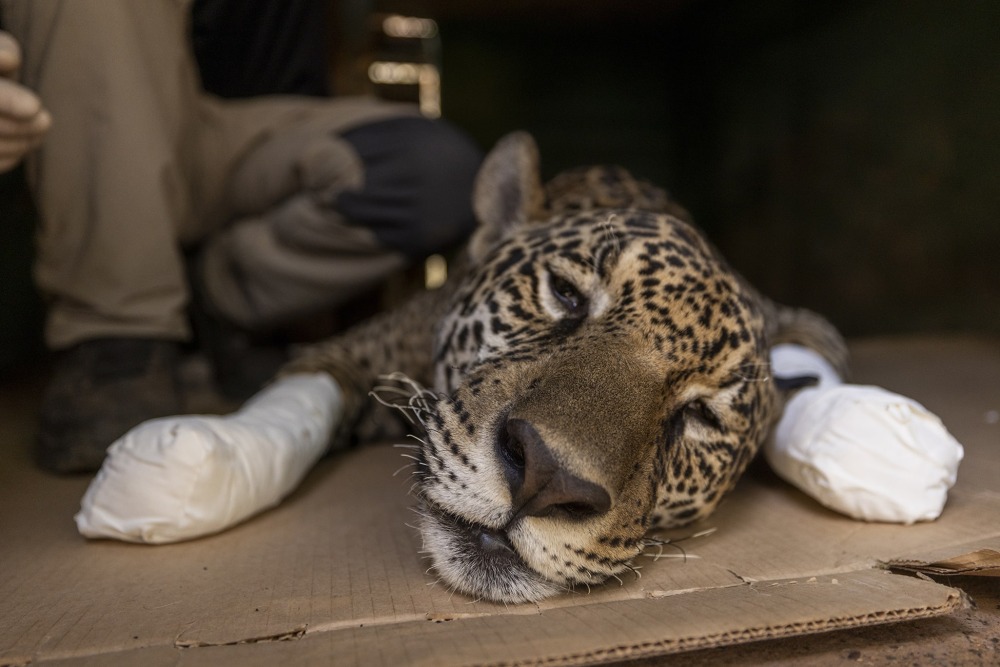
Brazil’s National Institute for Space Research (INPE) began using satellite imagery to track fire hotspots across the entirety of the continent in 1998. Recent analysis confirmed what many suspected: 2024 is South America’s worst wildfire season on record. As of September 11, INPE has identified 346,122 fire hotspots across the continent’s 13 countries. With the continent gripped by drought and the rainy season still some months away, this tally will continue to climb.
Rainforests and wetlands sound like habitats that would normally be spared the ravages of wildfire. Water, after all, squelches fire. But increasing drought and heat across the Amazon rainforest and beyond has changed the situation dramatically. Now, entire lakes are drying up, rivers are too shallow for boat traffic—which many Indigenous and local communities rely upon—and the world’s largest tropical wetland has dried enough to burn. More than 3 million acres of the Pantanal have burned since January, and the fires are still raging.
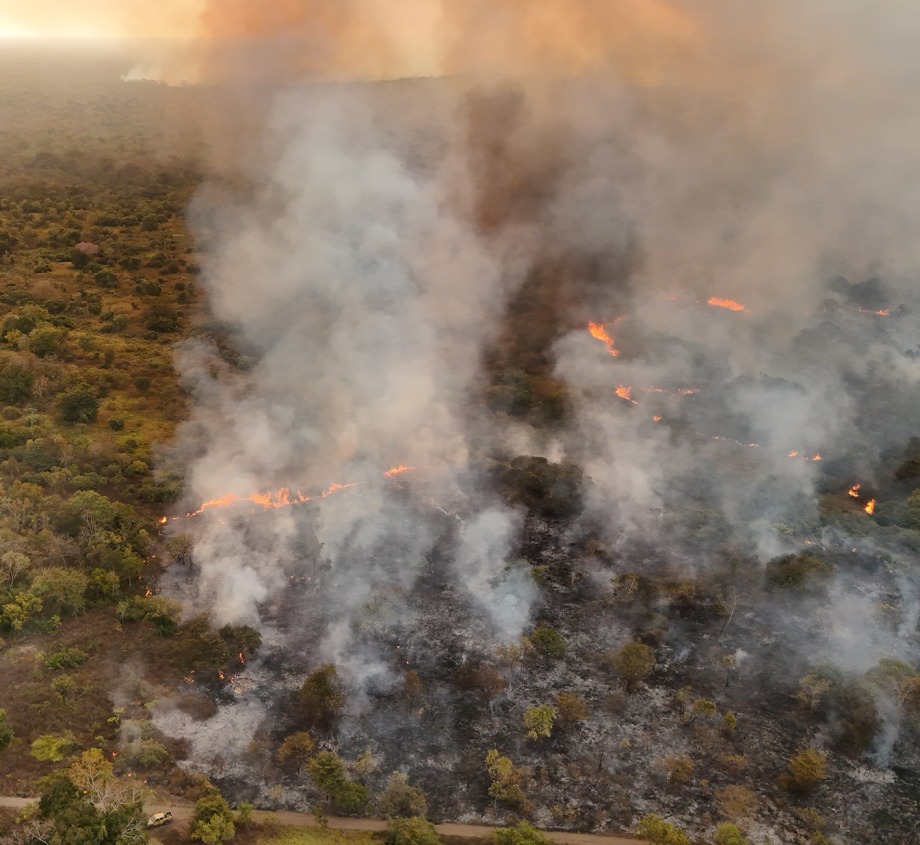
Wetlands Are Burning
Rich in biodiversity and a critical stopover for many species of migratory birds, the Pantanal is the world’s largest tropical wetland, covering an area more than 20 times the size of the Florida Everglades. But despite its size and inherently wet nature, the Pantanal is not invulnerable to fire risk. Since January, more than 3 million acres have burned, and the fires continue.
Although the flames have not yet reached our 326,179-acre project site in the Pantanal, they have impacted other areas of the wetland supported by our partner—Onçafari. The images they have shared with us are startling: Bandaged Jaguars, towering flames, and stark scars on the landscape where the flames have already passed.
A donation to our project in the region will protect acres and increase our partner’s capacity to manage for fire in the future.
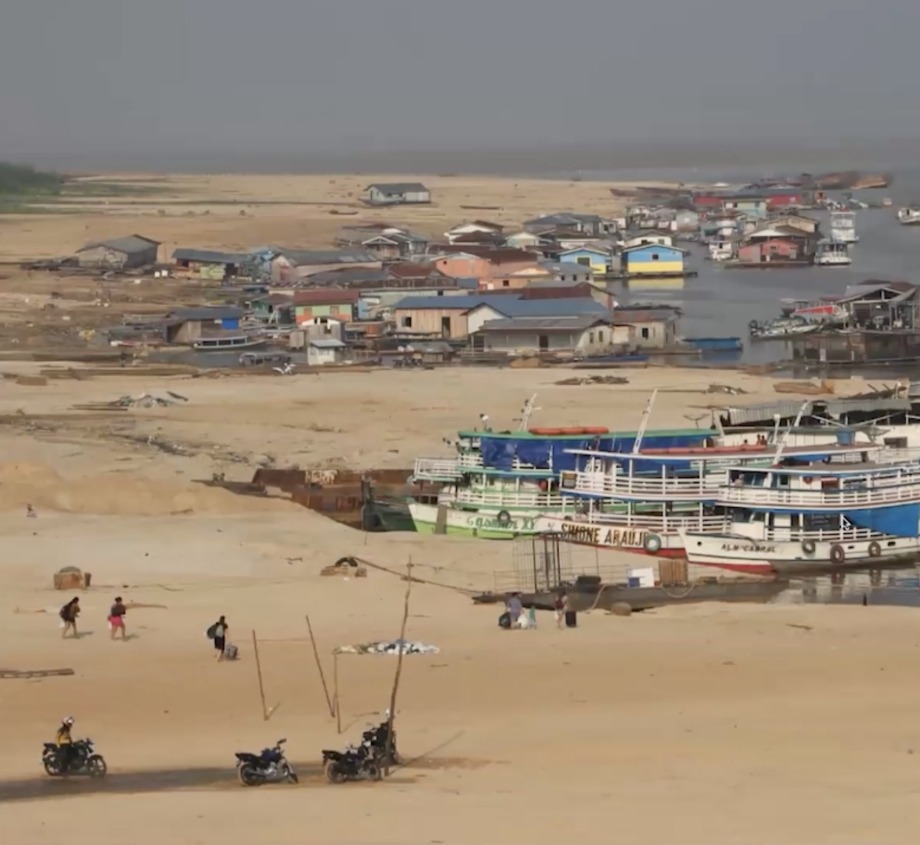
The Amazon is Drying Up
Even during the dryer months of June through November, Lafe Tefé and the surrounding rainforest still receives an average of approximately 4-8 inches each month. But catastrophic drought has hit the region hard in 2023 and again in 2024, dropping the lake more than 6 meters lower than its typical level for the dry season both years. Although fire has not yet reached our project site at Lake Tefé, the drought has opened up the entire Amazon Rainforest to the risk of fire.
A donation to our Brazilian Amazon Fund allows us to act quickly when protecting acres here.
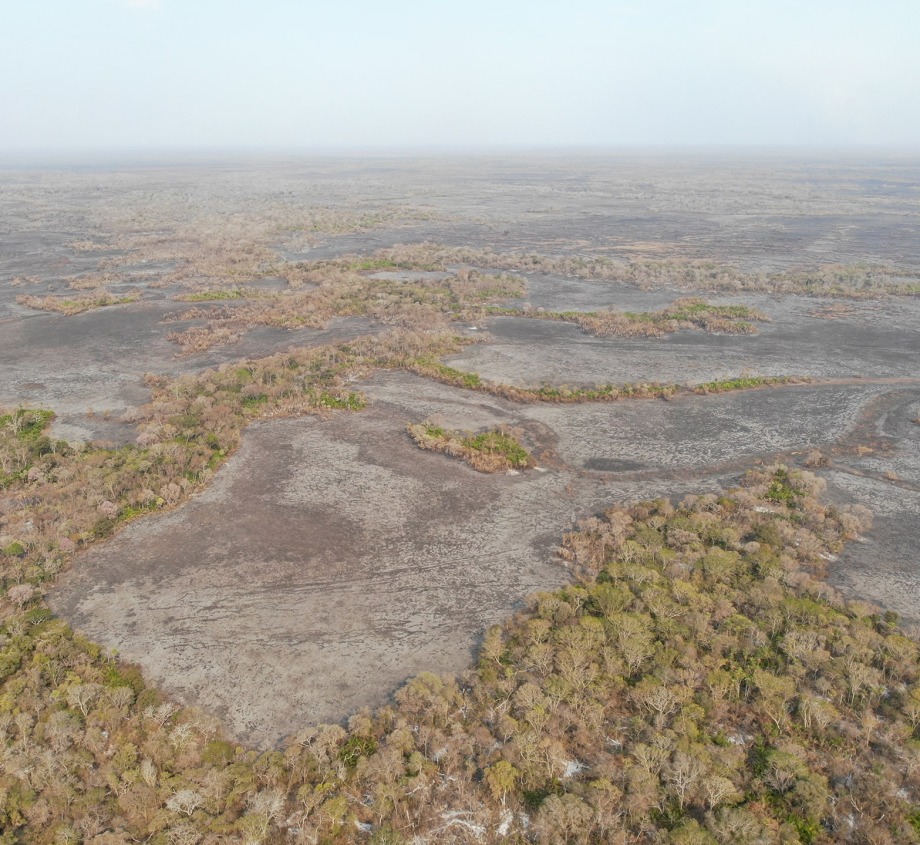
Climate Change Fuels Drought and Fires
Human activity—both in South America’s fire-impacted areas and around the world—is the cause of these flames. Some of these fires may have started naturally. But most, if not all, were sparked intentionally or accidentally by humans, many seeking to illegally clear land for agriculture or cattle. And all are made stronger and more destructive by human-caused climate change, which scientists have now confirmed is the cause of the drought and heat that grips the South American continent.
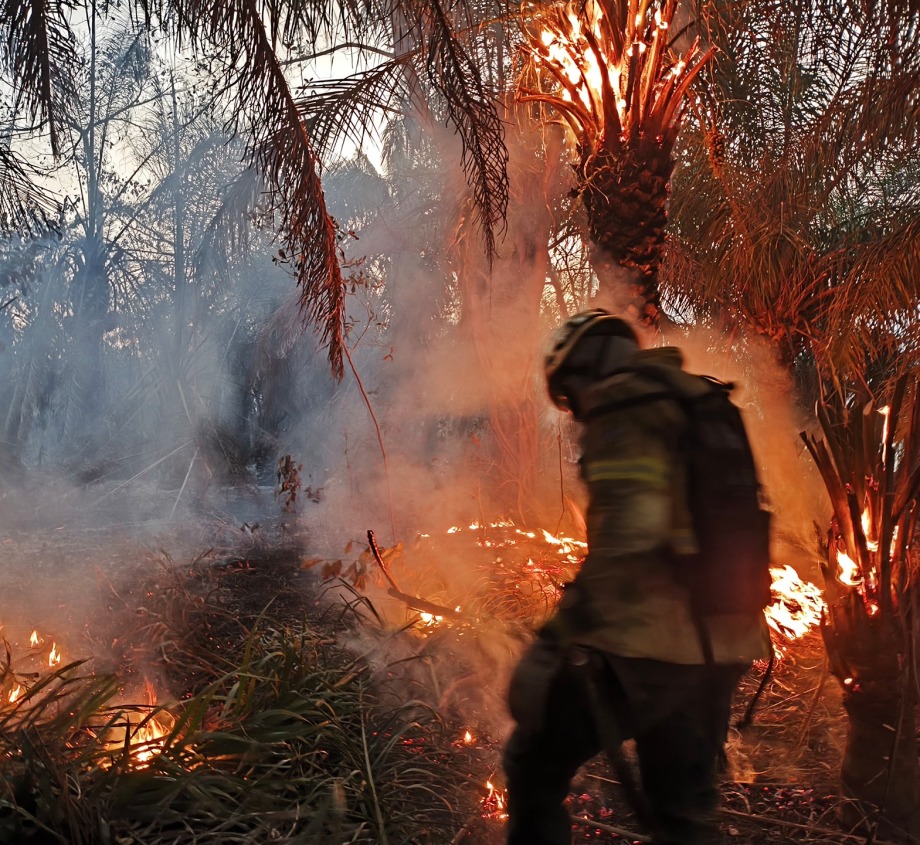
Slowing the Flames
Many of our partners are already hard at work addressing the impacts of fire in their regions. They are patrolling their reserves, addressing fire risks as they are found, and bandaging burned paws on Jaguars and other species. In Bolivia, our partner Fundación Natura Bolivia is actively fighting flames at their 2,259,968-acre protected area in the Bajo Paragua forest, which we helped safeguard in 2021. Some of the funds we provided have been used to purchase fire-fighting gear and equipment, and pay for training to safely use the equipment and respond to wildfire.
A donation to our Conservation Action Fund is the best and fastest way to help us help our partners. With this fund, we are able to rapidly direct dollars to the places and species that need them most. Not only does this ultimately help support fire patrol efforts by funding training and the purchase of gear and equipment at some project sites, but these funds ultimately help reduce the risk of future fire seasons by protecting carbon where it already is—stored safely in trees, soil, and ecosystems.
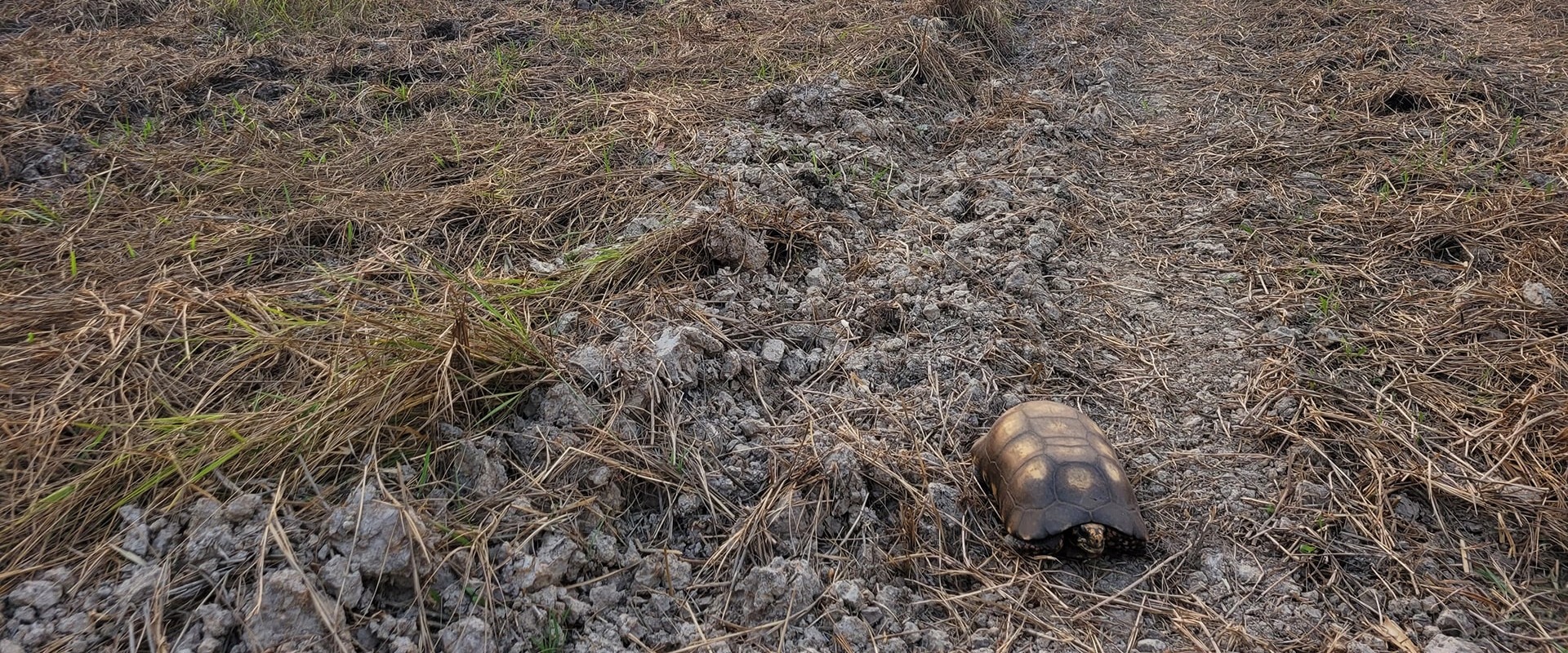
Fires in the Pantanal are destroying the biodiverse wetlands of the Pantanal. Photo courtesy of Onçafari
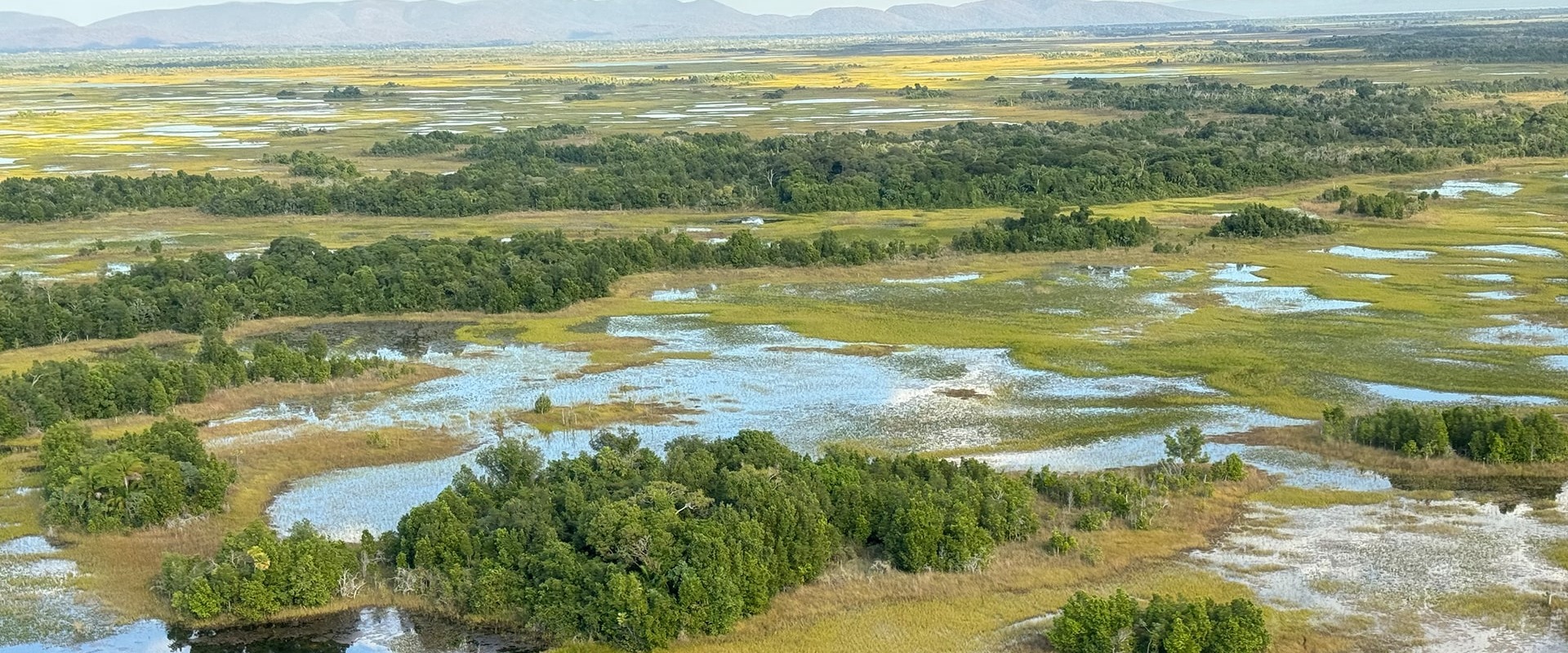
Taquari Wetlands area, courtesy of Onçafari Association
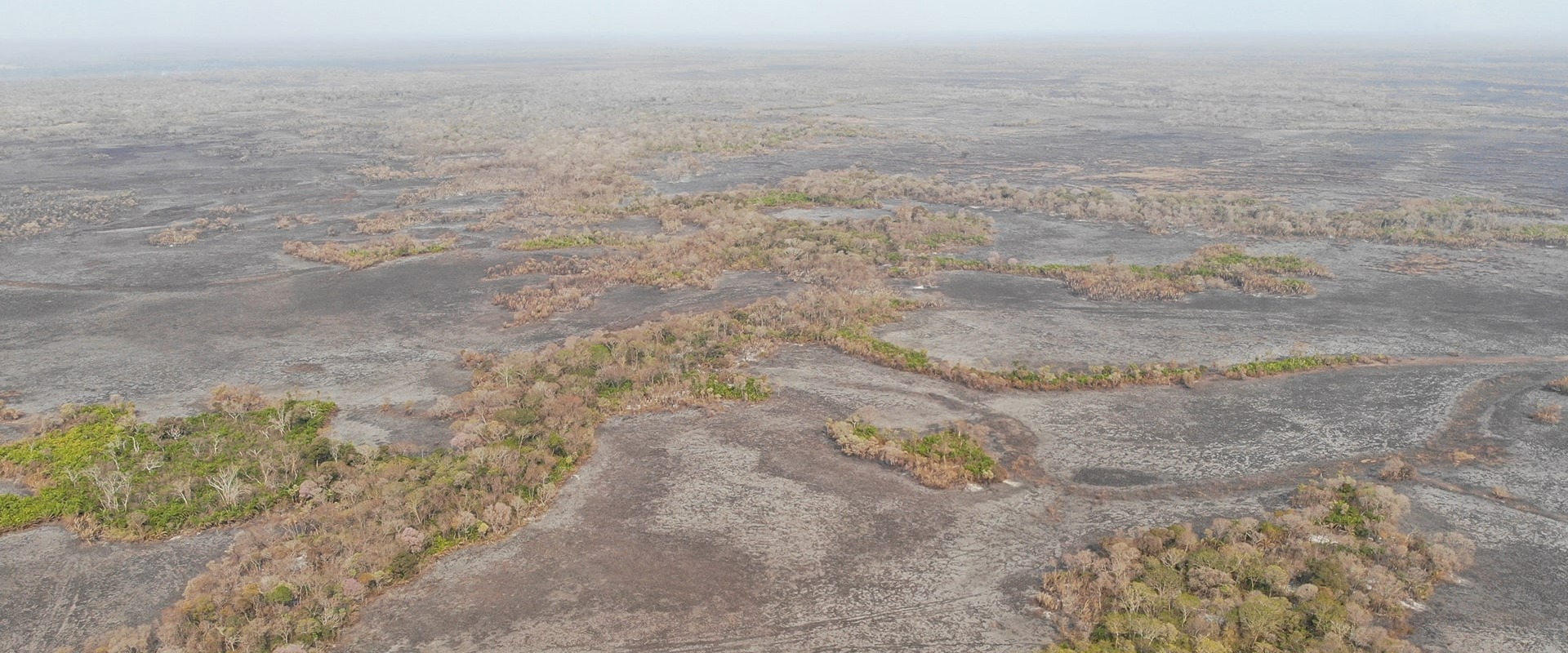
Fires are destroying the biodiverse wetlands of the Pantanal. Photo courtesy of Onçafari
But our work is far from over.
Healthy rainforests are critical to a healthy planet. Creating protected areas is the most effective way to protect endangered animals, safeguard biodiversity, stop deforestation, and maintain the health of all species on our planet.
Saving real acres of rainforest
Secure Vital Black Rhino Habitat in Kenya
"The one process now going on that will take millions of years to correct is the loss of genetic and species diversity by the destruction of natural habitats. This is the folly our descendants are least likely to forgive us.”
E. O. WilsonTwo-time Pulitzer Prize winner, and former Rainforest Trust Board Member

Sign up to receive the latest updates
"*" indicates required fields
100% of your money goes to save habitat and protect threatened species.
Our Board members and other supporters cover our operating costs, so you can give knowing your whole gift will protect rainforests.

